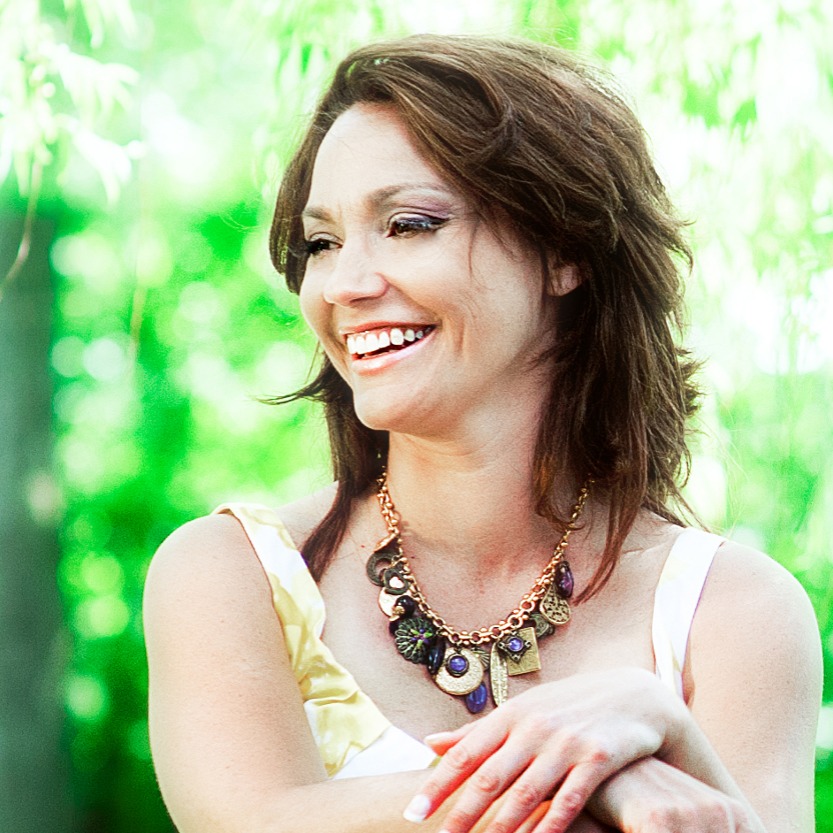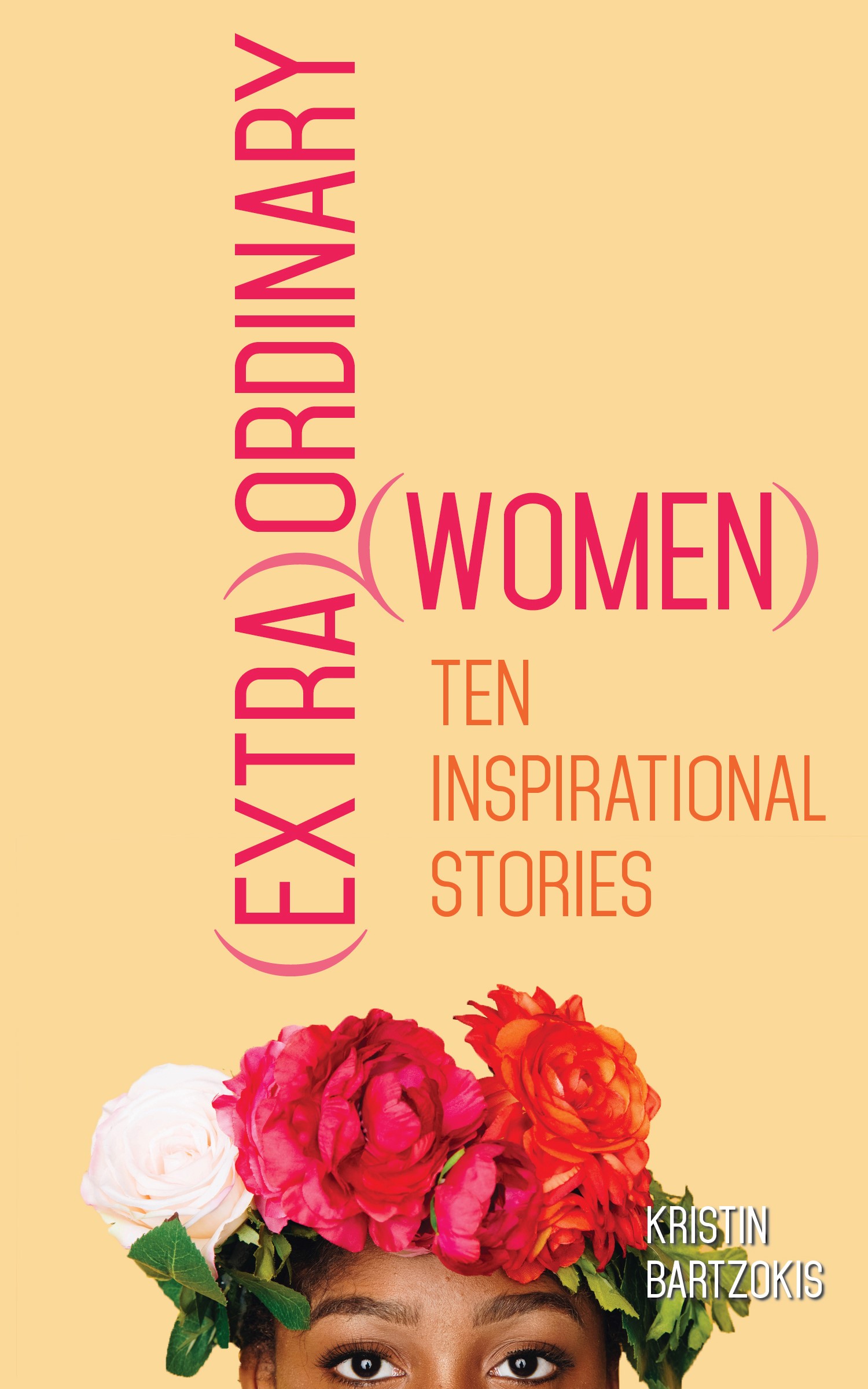By Christina Anston
 I was forty years old, running a successful business, comfortable in my finances, and feeling ready to settle down and start a family. Suddenly, a breast cancer diagnosis upended my sense of contentment and sent me on a journey of chemotherapy, immunotherapy, hormone therapy, a preventative double mastectomy, and, ultimately, reconstructive surgery.
I was forty years old, running a successful business, comfortable in my finances, and feeling ready to settle down and start a family. Suddenly, a breast cancer diagnosis upended my sense of contentment and sent me on a journey of chemotherapy, immunotherapy, hormone therapy, a preventative double mastectomy, and, ultimately, reconstructive surgery.
Of course, none of it was easy, but for me, the process of understanding and preparing for breast reconstruction was among the greatest challenges. My experience, though difficult, inspired me to be open about what I went through—and where I am now—so other women will have better access to information, reassurance, and empowerment.
When I was searching for photos of breast cancer survivors who had chosen the mastectomy/reconstruction combination, I found nothing but headless torsos. Women were being treated as subjects rather than humans. The photographs showed the medical journey of breast reconstruction, but I wanted to see the human journey: the women behind the surgeries, the happiness after the trials. I searched for signs that these women still considered themselves to be beautiful, confident, and sexy—even with their reconstructed breasts. When I could not find those signs, I broke down in my father’s arms.
I confided in my father my many secret fears: that I might die young and alone; that I might never be able to have children; that my partner might not find me attractive anymore, leave me, or worse, stay with me out of guilt; and that no one would ever want to look at me again—not even myself in the mirror.
Nevertheless, I moved ahead with my surgery. I endured eight months of discomfort from the tissue expanders placed under the muscles and skin in my chest. These devices would slowly expand, allowing the muscles and skin to grow so implants could be added. I was cancer-free and grateful, but I still wished I had found photographs of whole, smiling women who had undergone the same procedures.
Many times at my doctor’s office, I would meet women who were struggling with the decision to have a mastectomy. When these women found out I had undergone the entire process, they asked if they could see my breasts in private. The first time someone asked, I was hesitant to show a complete stranger such a personal part of my body. But after a moment of thought, I realized I had the power to encourage. These women needed visible reassurance that they were making the right choice, and I could provide that for them.
That’s why I agreed to collaborate with a friend and photographer to create my own photographic journey of the female figure post-breast reconstruction. I launched the Shirts Off for Breast Reconstruction Initiative and produced a photocentric book, Harmony after Breast Cancer and Reconstruction. This book includes photos of me after reconstructive surgery and an inspirational narrative about life after breast cancer.
My goal was simple. I wanted other women to know that a mastectomy is not the end of feeling feminine and sexy. In fact, it is just the beginning! I know the breasts I have now opened the most important door ever—the door to the rest of my beautiful and more meaningful life, when sexy is something that emanates from the inside out.
 Christina Anston, the founder of the CAP Pain Centre in Montreal, is ten years cancer-free. She is featured in the book (Extra)Ordinary Women: Ten Inspirational Stories, available on Amazon, and this fall will publish her own book, Harmony after Breast Cancer and Reconstruction.
Christina Anston, the founder of the CAP Pain Centre in Montreal, is ten years cancer-free. She is featured in the book (Extra)Ordinary Women: Ten Inspirational Stories, available on Amazon, and this fall will publish her own book, Harmony after Breast Cancer and Reconstruction.






